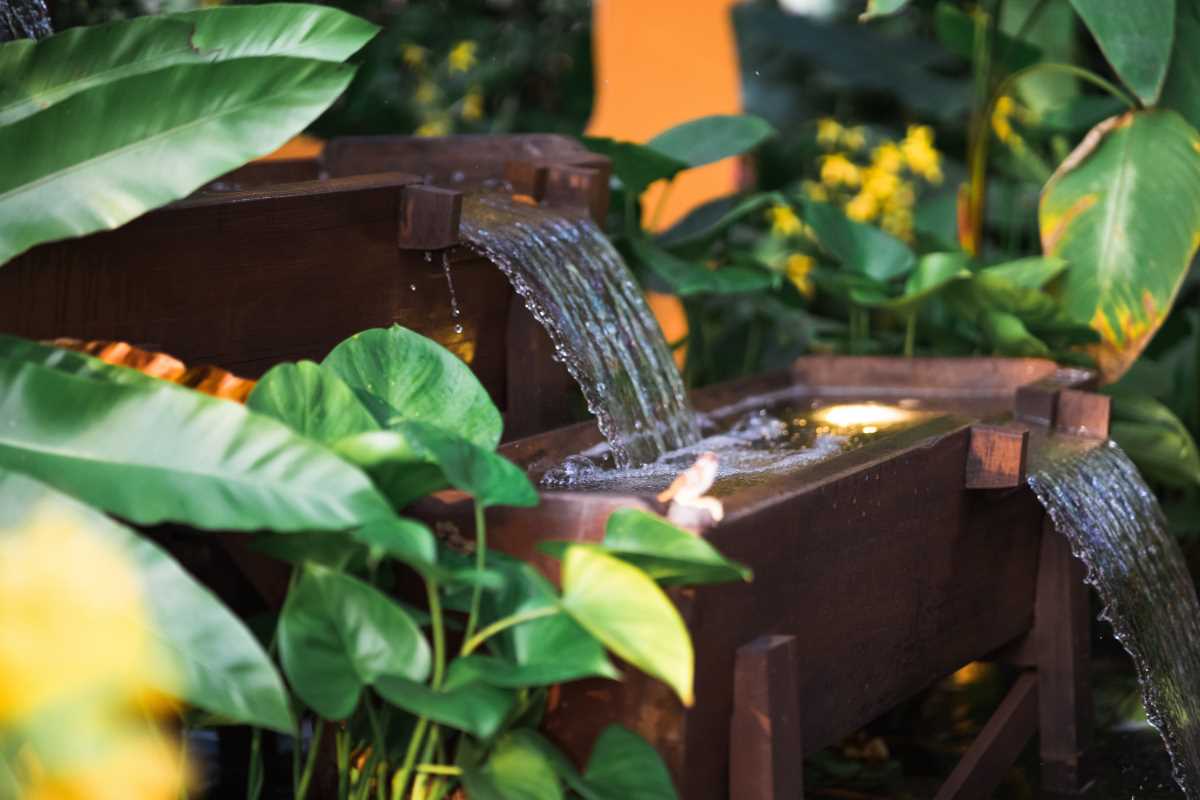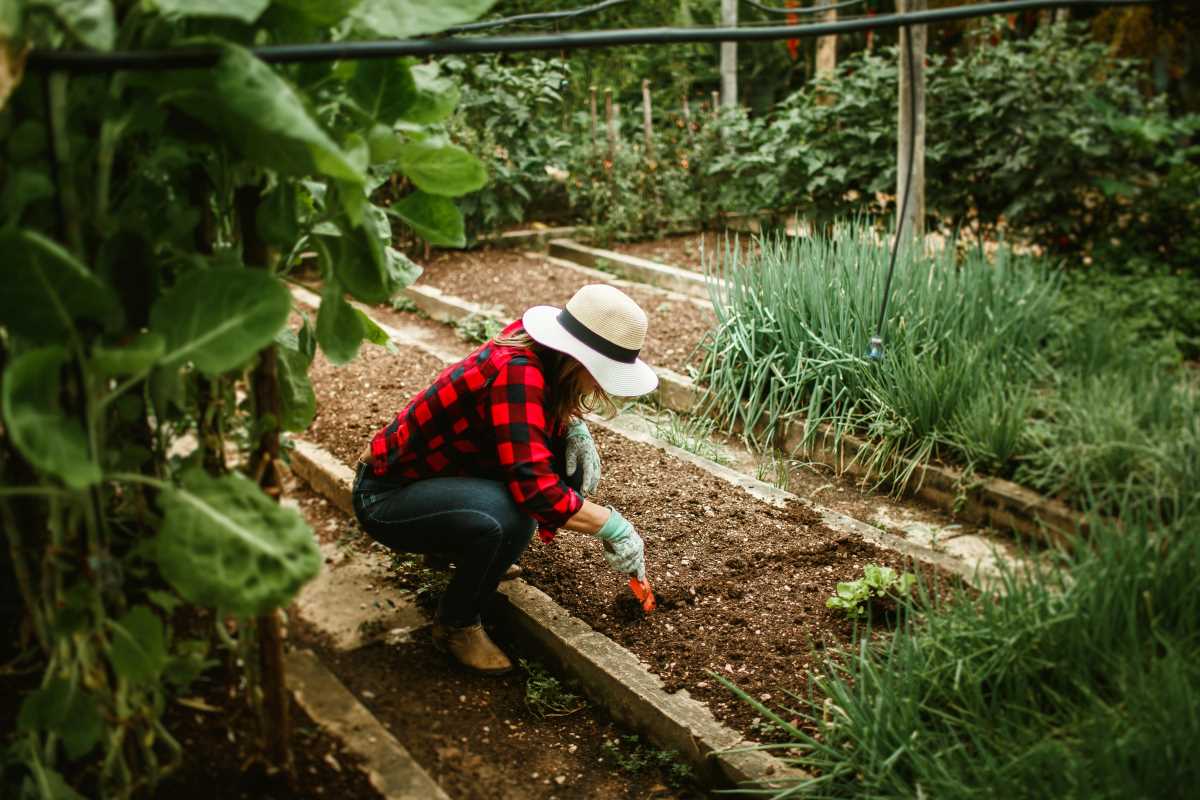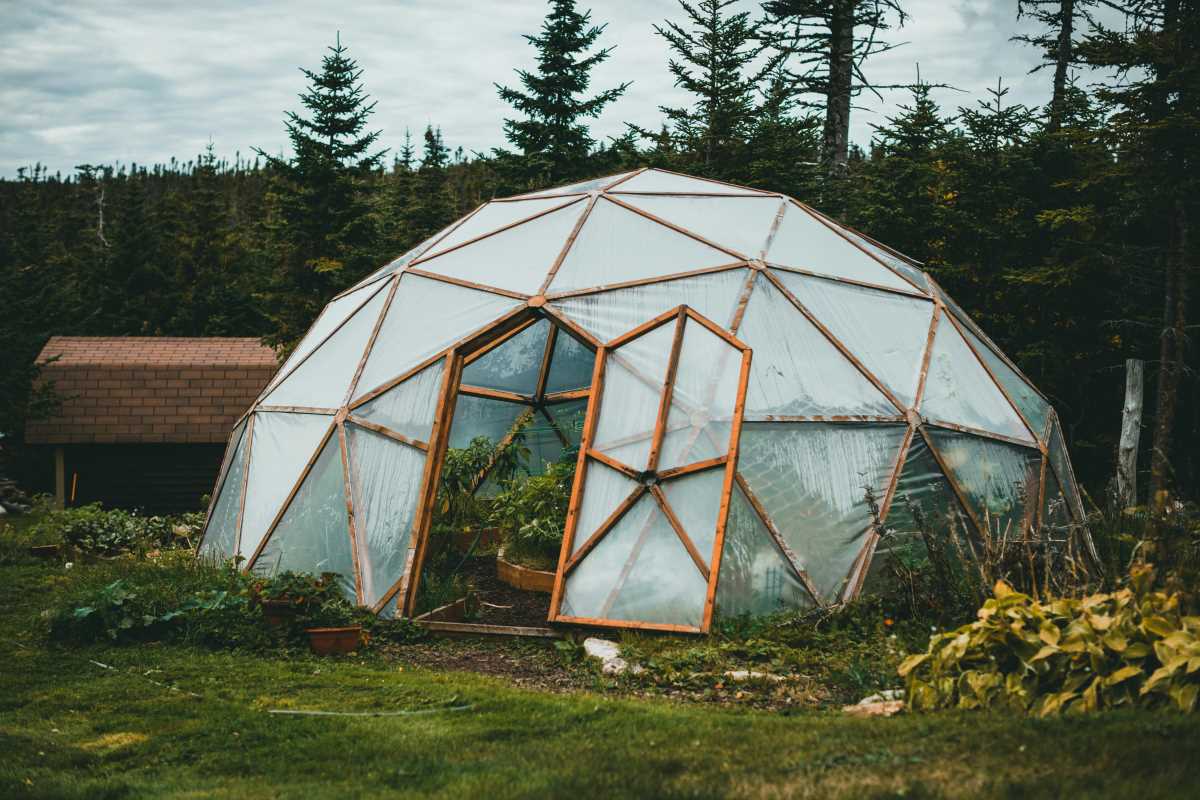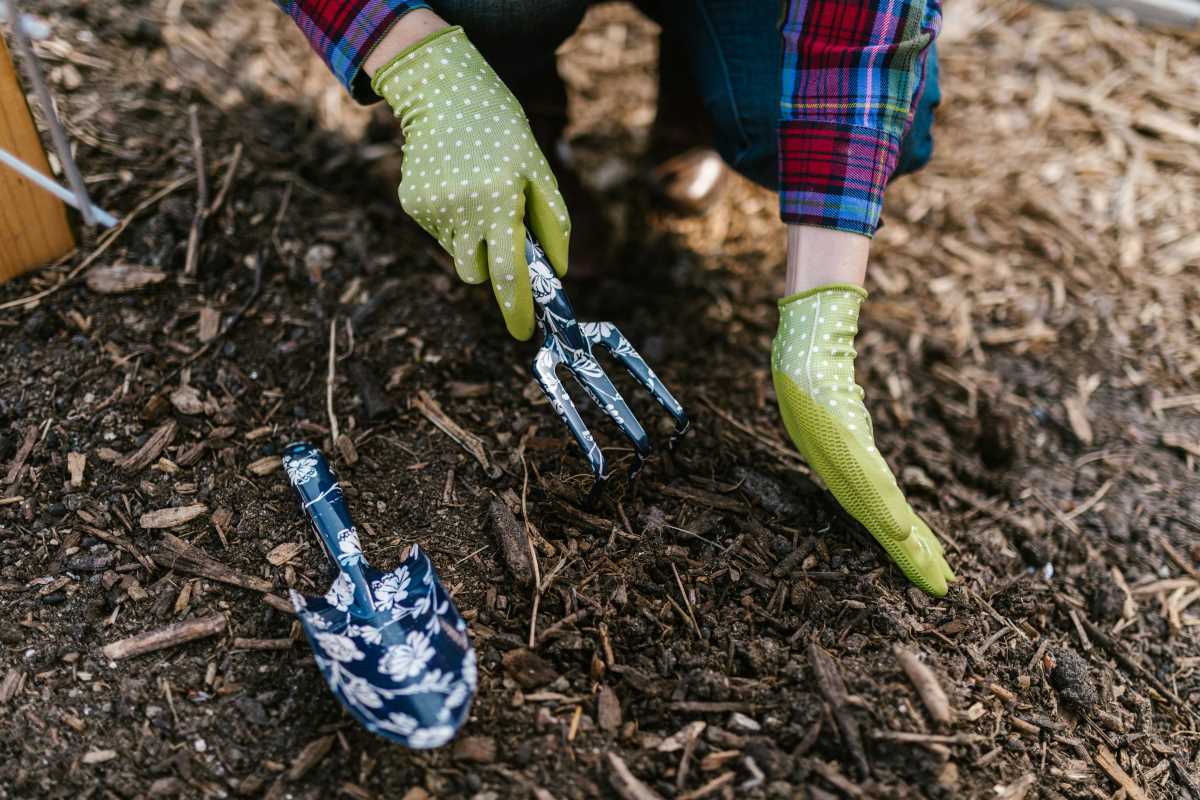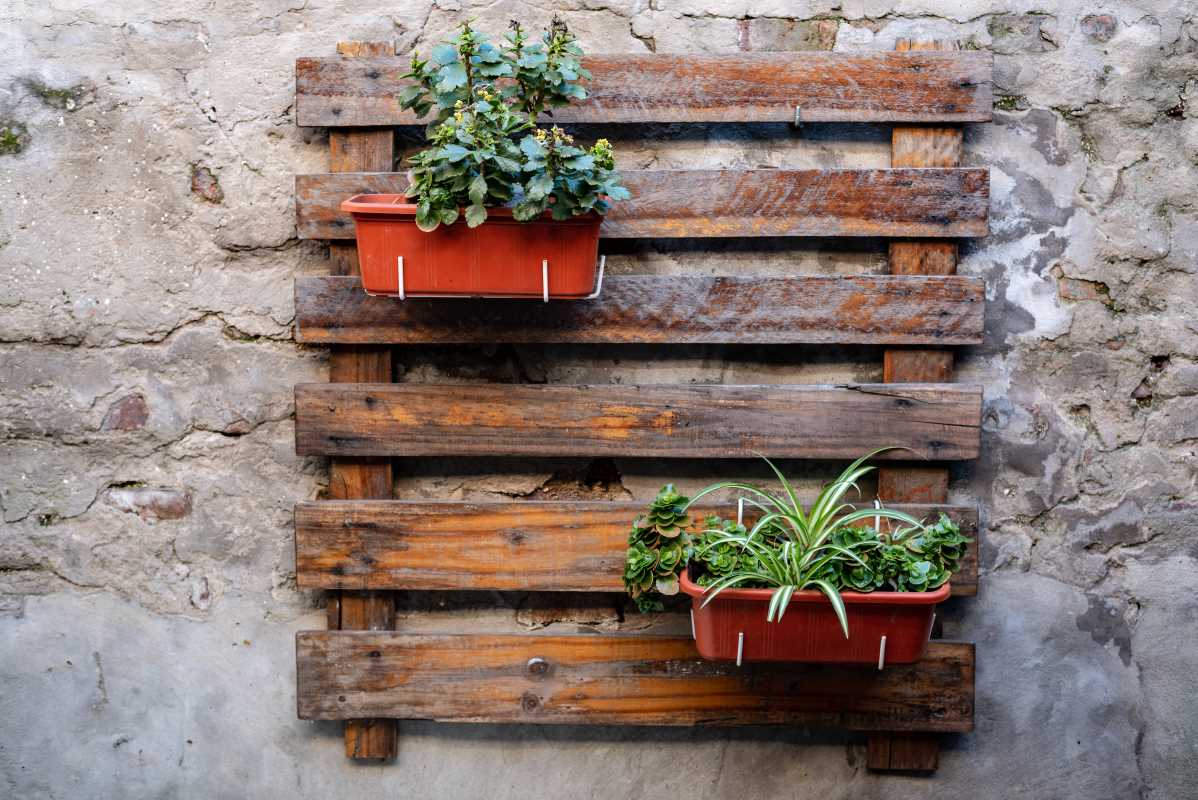Families find joy and connection when they spend time tending a garden together. Working with soil and plants outdoors brings everyone closer, while turning even a small plot into a vibrant place to relax and explore. Children learn about nature and responsibility as they water seedlings, watch flowers bloom, and harvest vegetables. Each moment spent together in the garden nurtures curiosity and teamwork, making every shared task rewarding. Creating and caring for a garden invites laughter, conversation, and a sense of accomplishment, turning ordinary afternoons into lasting memories filled with color, fresh air, and the satisfaction of watching something grow.
Starting a garden means you also start new family traditions. The shared effort creates bonds and fosters a sense of pride as everyone sees what can be accomplished together. The joyful smiles that come with a thriving patch or a new plant sprouting can remind everyone that sometimes the simplest projects can yield the most rewarding experiences.
Benefits of Gardening Together as a Family
Gardening opens many doors for learning and fun. When you work together in a garden, the whole family gets to share the excitement of watching life grow. This hands-on activity introduces practical skills and the importance of care in every little detail while also beautifying your outdoor space.
- Enhances teamwork and encourages cooperative effort.
- Provides a safe, engaging outdoor activity for children.
- Teaches basic skills like composting, planting, and harvesting.
- Helps reduce stress and improve overall mood.
- Sparks curiosity and encourages questions about nature.
The shared responsibility builds a sense of ownership and pride. When everyone contributes to the garden, discussions about weather changes, plant growth, and creative design ideas become part of everyday conversations.
Each family member experiences the joy of participating actively. These experiences can help carve out unique memories and even spark interests that last a lifetime.
Getting Started: Planning Your Family Garden
A smart plan makes a garden project easier to manage and more enjoyable for everyone. By planning carefully, you ensure that every family member knows their role and feels included right from the start.
- Choose a location that gets ample sunlight and is easy for everyone to access.
- Decide on the type of garden that fits your available space—whether it’s a small flower bed or a vegetable patch.
- Sketch a rough layout of your garden, marking where different plants will go.
- Gather necessary supplies like soil, seeds, and basic gardening tools.
- Set a schedule for watering, weeding, and checking on plant development.
This step-by-step approach makes it easier to see progress and allows you to tweak plans along the way. Everyone learns a bit about planning and teamwork as you divide up tasks and responsibilities.
The process of planning also gives you the opportunity to explore local gardening centers or online resources, sparking creativity and making the task a shared learning adventure.
Choosing Kid-Friendly Plants and Projects
Selecting plants that are both resilient and interesting keeps the project exciting. Pick plants that grow quickly or have visually appealing features that can capture a child’s imagination.
- Herbs like Basil and Mint that grow quickly and add fragrant touches to your garden.
- Bright and colorful flowers such as marigolds or sunflowers, which bring cheer and attract pollinators.
- Vegetables with fast results like radishes or lettuce that offer quick rewards.
- Simple projects such as building a bird feeder or a butterfly garden that double as playful design elements.
You can involve everyone in deciding which plants to add by looking at pictures online or visiting local nurseries. Even waiting for a seedling to reach maturity can be a fun and engaging challenge.
Simple, friendly projects make the garden a living classroom. Kids learn about plant life cycles, and the family sees the benefits of consistent care combined with playful exploration.
Making Gardening Fun: Creative Ideas and Tips
Bring extra fun into your backyard paradise by adding creative twists. Design a mini scavenger hunt where the kids collect leaves or spot signs of wildlife around the garden. Creative labeling of plants using painted rocks or handmade signs can add a touch of personality to your outdoor space. Work together on a "family project" that involves repurposing old containers into colorful planters.
You might also enjoy trying different themed days where gardening with a specific twist becomes the focus. One day you might take time to cultivate a small herb patch, while another could involve crafting garden decorations. Experiment with seeds from unusual plants or create a mini "rain garden" that captures water during showers. Fun themed ideas like these make the experience lively and keep you and your children interested in the art of gardening.
Adding artistic elements into the garden can inspire creativity beyond routine planting. Let ideas flow from drawing garden layouts to painting stones as markers for different sections. Each project tailored to your garden space adds a personal touch, making every step an exciting chance to try something new.
Have fun as a way to boost participation. A creative approach turns routine tasks into lively adventures. Involve your children in simple tasks, like mixing soil or decorating planters, to keep the activities engaging and memorable.
Overcoming Common Challenges
Every gardening effort faces obstacles. When unexpected issues arise, maintaining a positive attitude and staying flexible proves valuable. Use these tips to keep your project moving forward:
- If plants struggle with pests, introduce natural repellents or companion plant species.
- Address watering problems by setting up a simple irrigation system or sticking to a regular water schedule.
- Manage uneven growth by adjusting sunlight exposure or rearranging plant positions.
- Keep the kids engaged even when experimenting with different soils to see if they improve growth.
Handling small setbacks teaches everyone valuable lessons about persistence and problem-solving. Even if a plant does not thrive, the shared effort to restore or replant provides another learning opportunity.
The process reminds everyone that challenges are steps toward improvement. With careful observation and a willingness to experiment, you create a garden that adapts to changes and weather surprises.
Creating Lasting Memories and Growing Together
Time spent together in the garden creates lasting memories, deepens bonds, and offers opportunities for growth and learning. Simple routines become meaningful traditions, and watching plants flourish brings shared pride and joy.
The garden symbolizes shared dreams and creativity, reminding us that friendship and family thrive with care and heart.
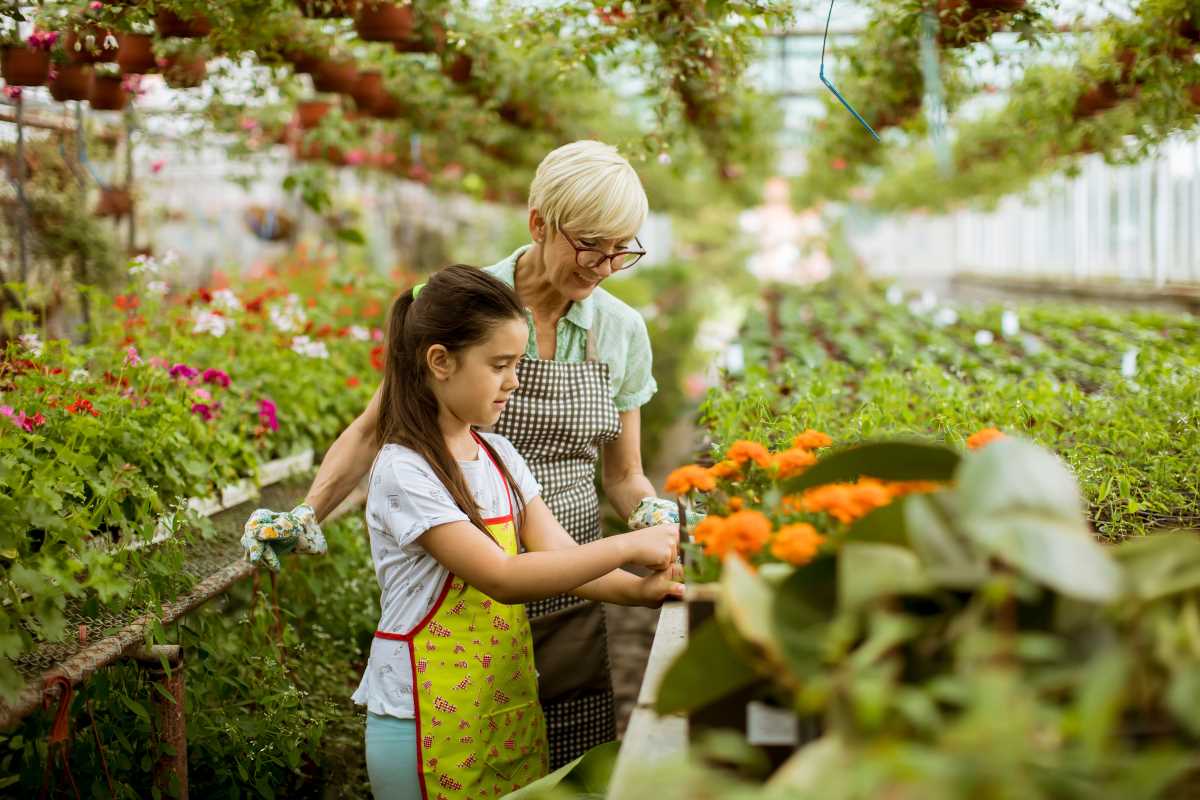 (Image via
(Image via
